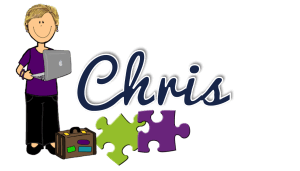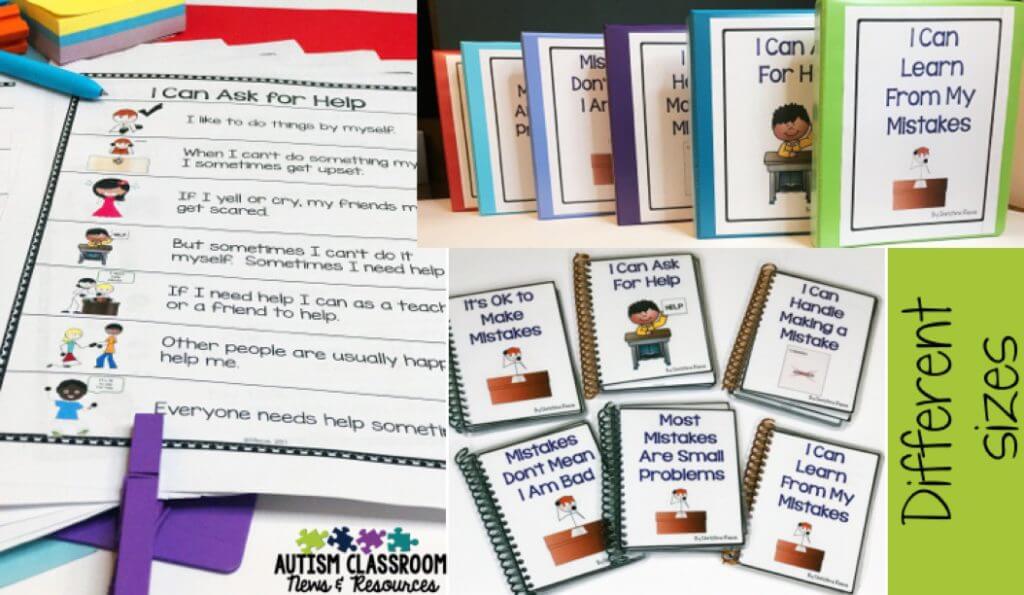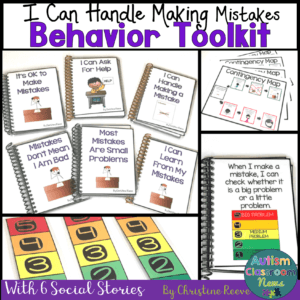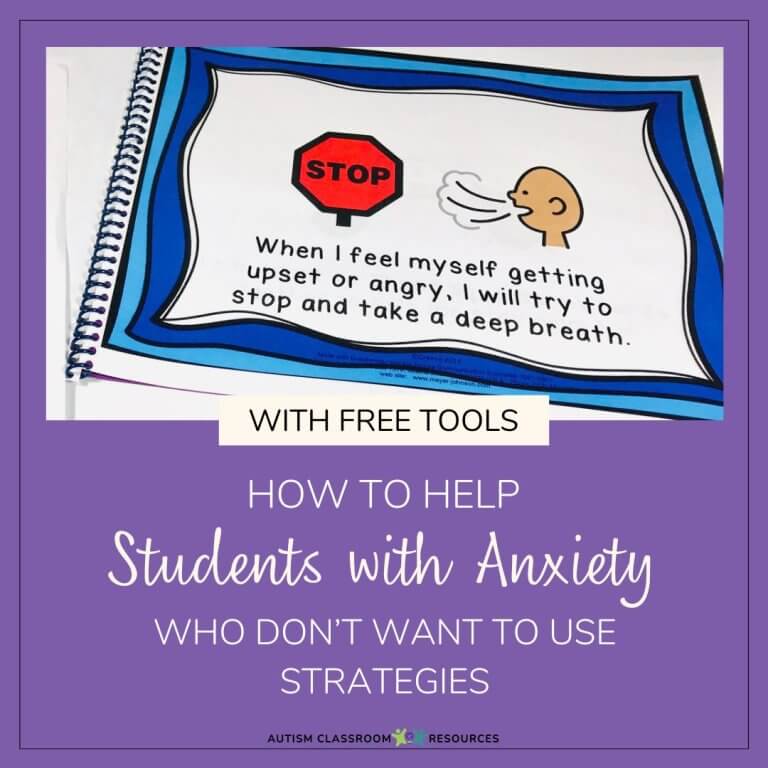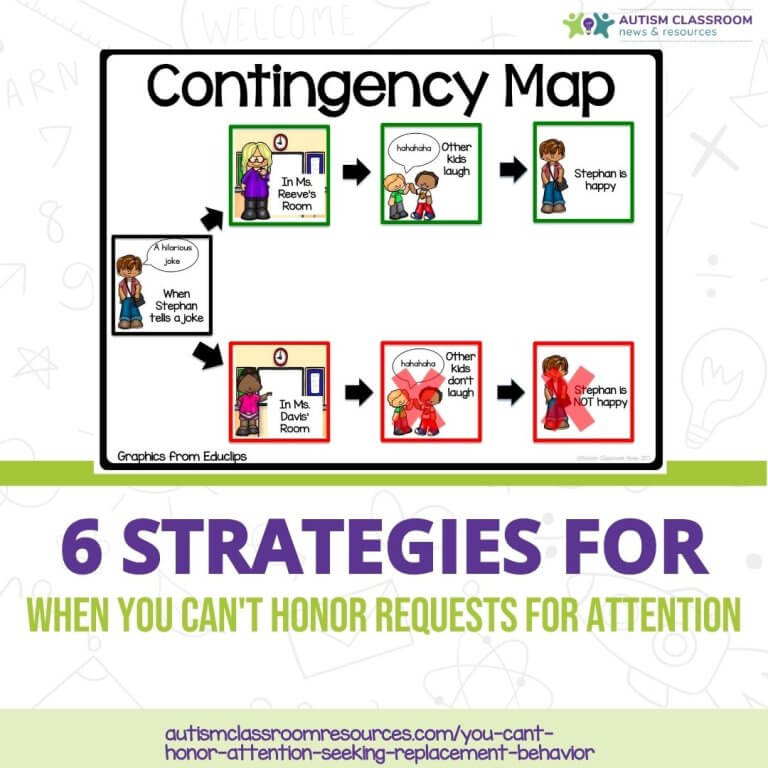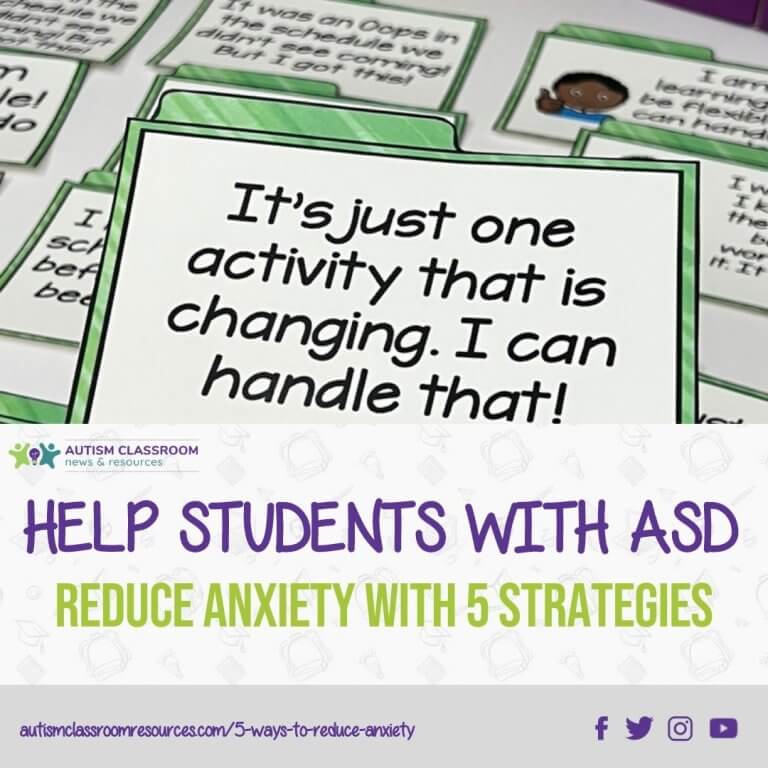Sharing is caring!
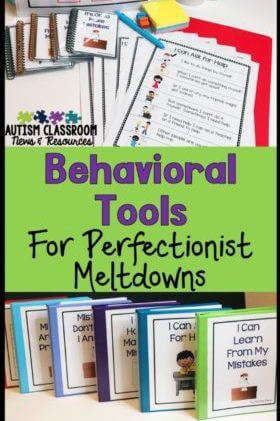
These autism meltdown strategies have been a long time in development but I’m super psyched about it. Over the years I have had so many students with autism who really struggle with making mistakes. And I’m betting you do too.
Do you have students who:
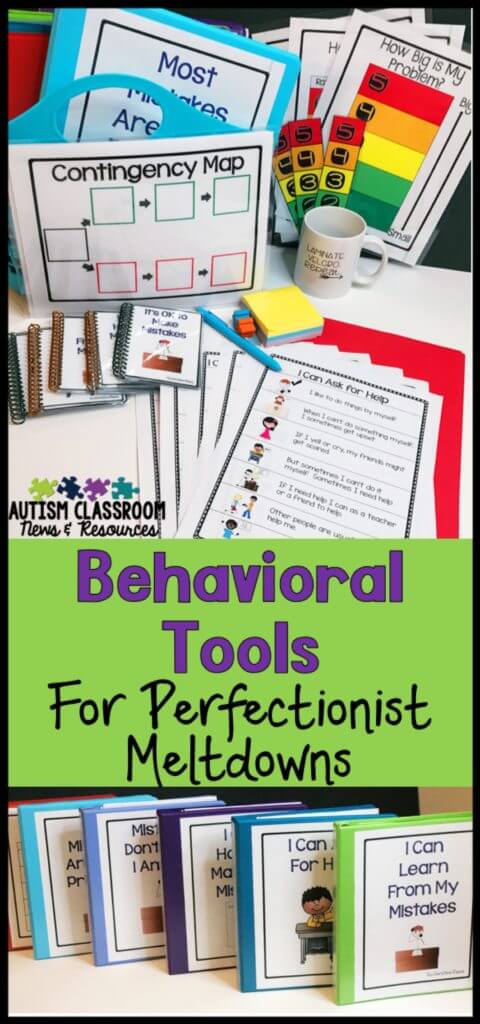 * Tear up their paper when they make a mistake
* Tear up their paper when they make a mistake
* Cry/scream/tantrum when they get something wrong
* Erase their paper so hard it rips (only making it worse)
*Give up on assignments when something is hard or wrong
* Apologize for the error over and over (and over and over)
* Can’t stop talking about what they did wrong
or
* Just sit there when they need help and stall out?
I have worked with all of them and I created this toolkit for all of them. I gathered up all the tools I’ve used over the years for this and combined them into 6 social stories, contingency maps, big/small problem graphic organizers, and mini 5-point scales to help them assess the problem on the go. I’ve also included lots of directions on how to use autism meltdown strategies to teach appropriate behaviors to replace the challenging behaviors.
Social Narratives
Social narratives are a stories typically told in first-person perspective that outline expectations of situations. They typically suggest alternative or coping strategies for difficult or problem situations and provide the perspective of others about behaviors. This AFIRM module is a great tool to learn more about social narratives and their research supporting them as one of the most effective autism meltdown strategies.
In this kit, there are 6 social narratives. I’ve set them up so that each story can be printed all on one page (for more advanced learners) or broken up with each concept or thought on a page to make a book. The books can also be printed in small, medium or large. Full-page sizes are easy to put in notebooks with page protectors (no lamination required!).
•It’s OK To Make Mistakes focuses on calming down when something isn’t perfect.
• I Can Ask for Help focuses on understanding the student can ask for and accept help.
• I Can Handle Making a Mistake focuses on reminders that mistakes can be erased and corrected.
• Mistakes Don’t Mean I’m Bad was designed for students who think in a black and white manner so that doing one thing wrong makes them or their work bad. It includes coping statements and reminders.
• Most Mistakes are Small Problems uses the Big Problem/Small Problem scale to share ideas about small problems and small reactions.
• I Can Learn From My Mistakes uses a growth mindset approach to help students know they can learn not to make the mistake again or ask others how to do it correctly to avoid the mistake next time.
Size of the Problem
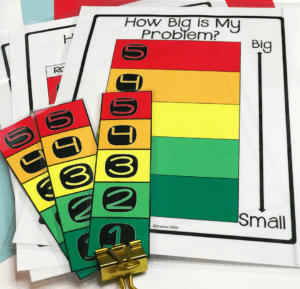 The size of my problem concept has been developed and used in different ways. Social Thinking uses it as a cognitive strategy with a scale they call Size of My Problem and Size of My Reaction. Cannon and colleagues use the concept of Big Deal / Little Deal to improve executive functioning.
The size of my problem concept has been developed and used in different ways. Social Thinking uses it as a cognitive strategy with a scale they call Size of My Problem and Size of My Reaction. Cannon and colleagues use the concept of Big Deal / Little Deal to improve executive functioning.
The goal of any type of cognitive behavioral approach to teaching problem solving. This is one of the autism meltdown strategies that uses teaching about self-assessment to help students self-monitor.
In the toolkit I included 5 versions of a 5-Point Scale (similar to the one developed by Kari Dunn Buron). On the templates you can work with the student to identify what constitutes a small problem (1) and what constitutes a big problem (5). On several of them students can also determine appropriate reactions for the level of the problem. I included 3 smaller 5-point scales that can be put on a lanyard or keyring and referred to on the fly as well. Directions for using these autism meltdown strategies are also included.
Contingency Maps
I’ve written about contingency maps in the past here (and there is a freebie). A contingency map is essentially a visual problem solver and would come under the evidence-based practice of visual supports.
Contingency maps are incredible tools for depicting natural consequences of actions. Click to Tweet
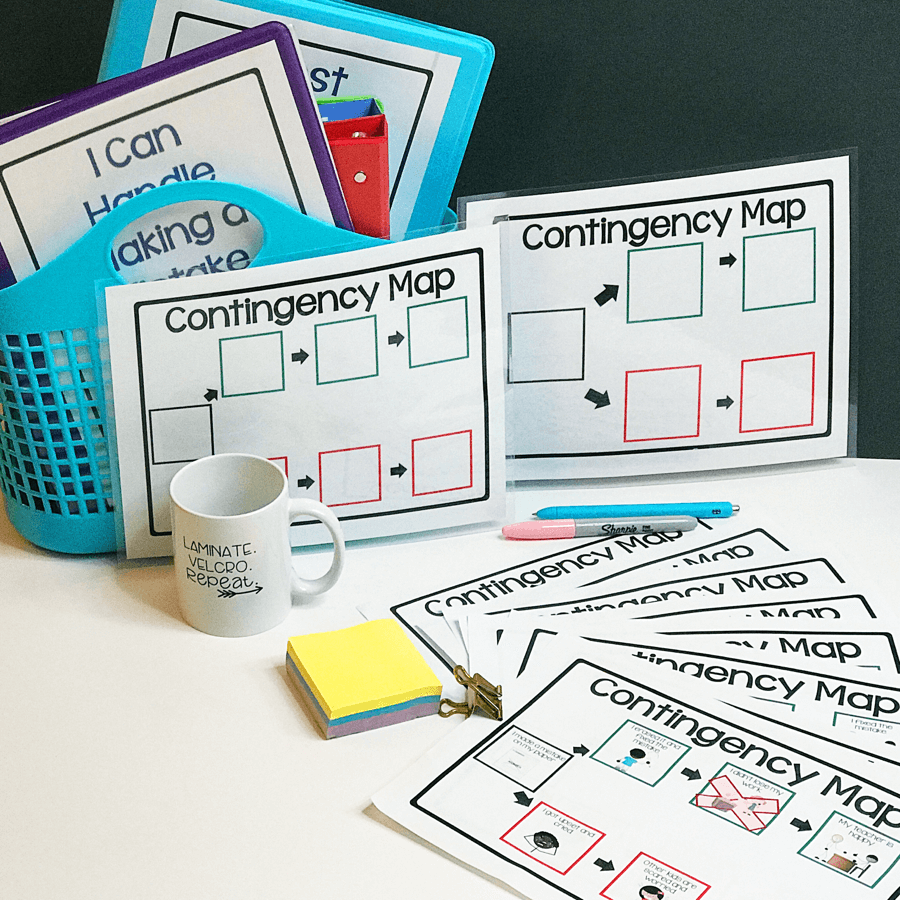 For this autism meltdown strategies toolkit, I included 8 maps already created using the pictures from the stories. There are simple ones with a behavior and a consequence and more complex where there might be 2 actions and a consequence, like the one in the picture. I also included 2 blank templates and pictures from the stories to create your own based on what your students need.
For this autism meltdown strategies toolkit, I included 8 maps already created using the pictures from the stories. There are simple ones with a behavior and a consequence and more complex where there might be 2 actions and a consequence, like the one in the picture. I also included 2 blank templates and pictures from the stories to create your own based on what your students need.
Autism Meltdown Strategies Video
So, Are you interested in checking out the preview and the product filled with autism meltdown strategies? Click the picture below and hop over to my TpT store.
Until next time,
